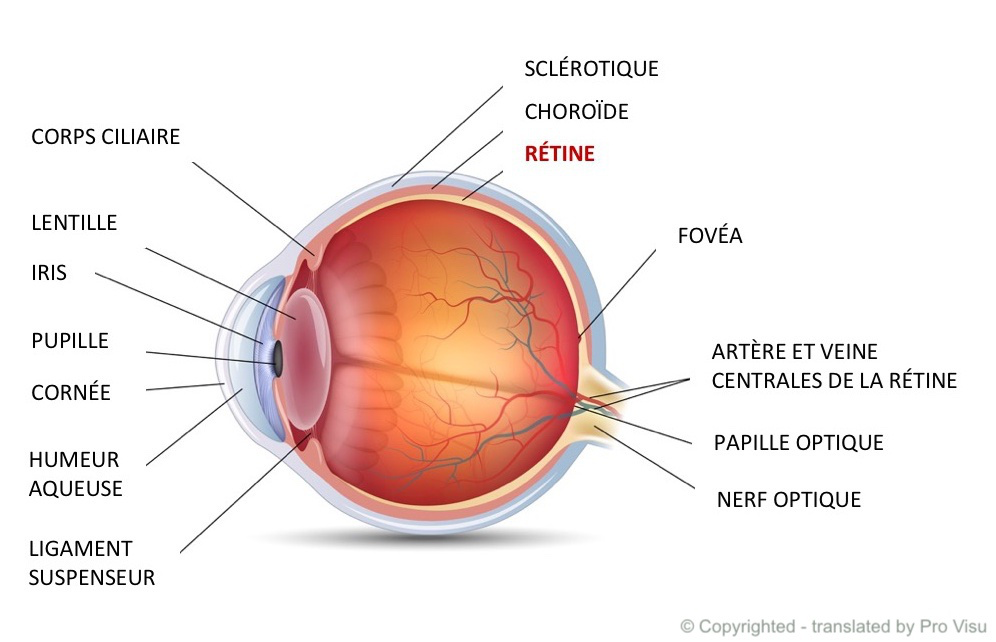Diseases
Leber congenital amaurosis

Autres termes
- Leber's congenital tapetoretinal amaurosis
Définition
First described in 1869 by the German ophthalmologist Théodor Leber, Leber's congenital amaurosis is a serious congenital genetic disease of the retina caused by mutations in around twenty genes. Most people with the disease suffer severe visual impairment, or even blindness, from birth or during the first year of life. In some cases, light perception remains poor. This condition accounts for 5-10% of hereditary eye diseases. It also accounts for 10-20% of cases of blindness in children. Its prevalence is estimated at 2 to 3 out of every 100,000 births in Switzerland.
Causes
Leber's congenital amaurosis is genetic in origin. Several mutations affecting different genes coding for specific retinal proteins may be the cause. Depending on the gene affected, the disease can be more or less severe and early-onset.
Symptoms
From the first few months of life, certain symptoms are quickly evident, as the children concerned do not show normal visual behaviour (ability to follow with the eyes, to stare, etc.). Nystagmus (involuntary eye movement) and keratoconus (pathological deformation of the cornea) are the most typical signs. Other symptoms include photophobia (increased sensitivity to light), strabismus and a slow reaction of the pupil to light. The electroretinogram (an eye examination designed to assess the function of the retina) is classically unrecordable, in other words, a sign that the retina is not responding.
Diagnosis
Diagnosis of Leber's congenital amaurosis involves several stages:
- Clinical observations (slow or absent pupil response to light, opacification of the lens, presence of nystagmus, etc.).
- Fundus examination (retinal vessel damage, possible signs of retinal degeneration, abnormal retinal pigmentation, optic nerve atrophy, etc.).
- Electroretinography (dysfunction of the retina, particularly its response to light stimuli)
Genetic analysis (presence of genetic mutations characteristic of the pathology)
Treatments
Until very recently, there was no treatment. Gene therapy, which is reimbursed by basic health insurance, has been transforming the lives of sufferers for the past five years. Called Luxturna, this new surgical treatment carried out by sub-retinal injection makes it possible to correct the mutation in the RPE65 gene - one of the causes of this disease - in order to preserve visual capacity. The earlier the treatment is carried out, the more visual function is maintained or even increased. The Jules-Gonin Eye Hospital is the second site in Switzerland to be accredited to offer this gene therapy. Several studies on the other genes involved are currently under way.
Frequency
The incidence of Leber's congenital amaurosis is estimated at between one in 33,000 and one in 50,000 live births.
References
Orphanet: Amaurose congénitale de Leber
Amaurose congénitale de Leber (ACL) - Symptômes, Causes et traitements (vulgaris-medical.com)
Amaurose congénitale de Leber • Retina Suisse
Amaurose congénitale de Leber - Bien vu! N°15 décembre 2024
Source : Bien vu!
Content reviewed and checked on 12.19.24

